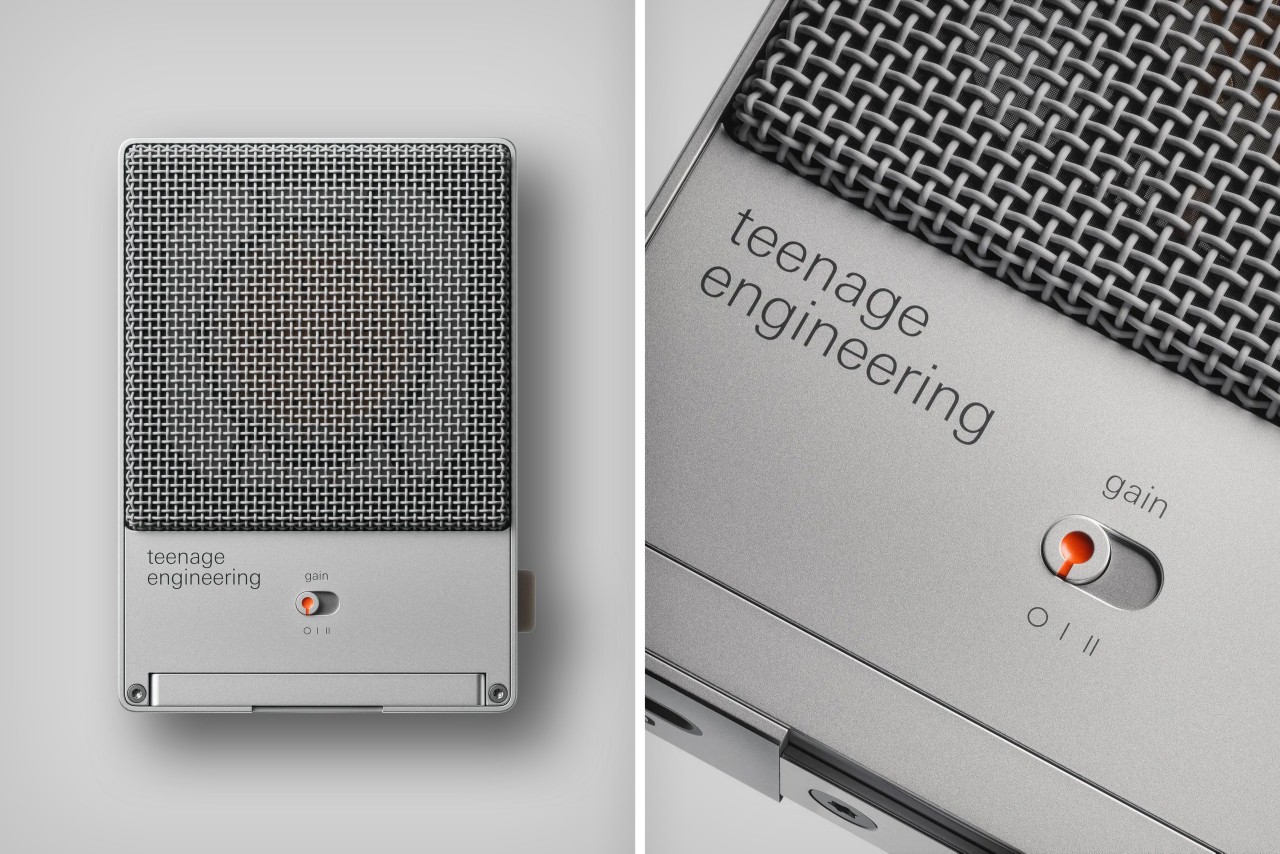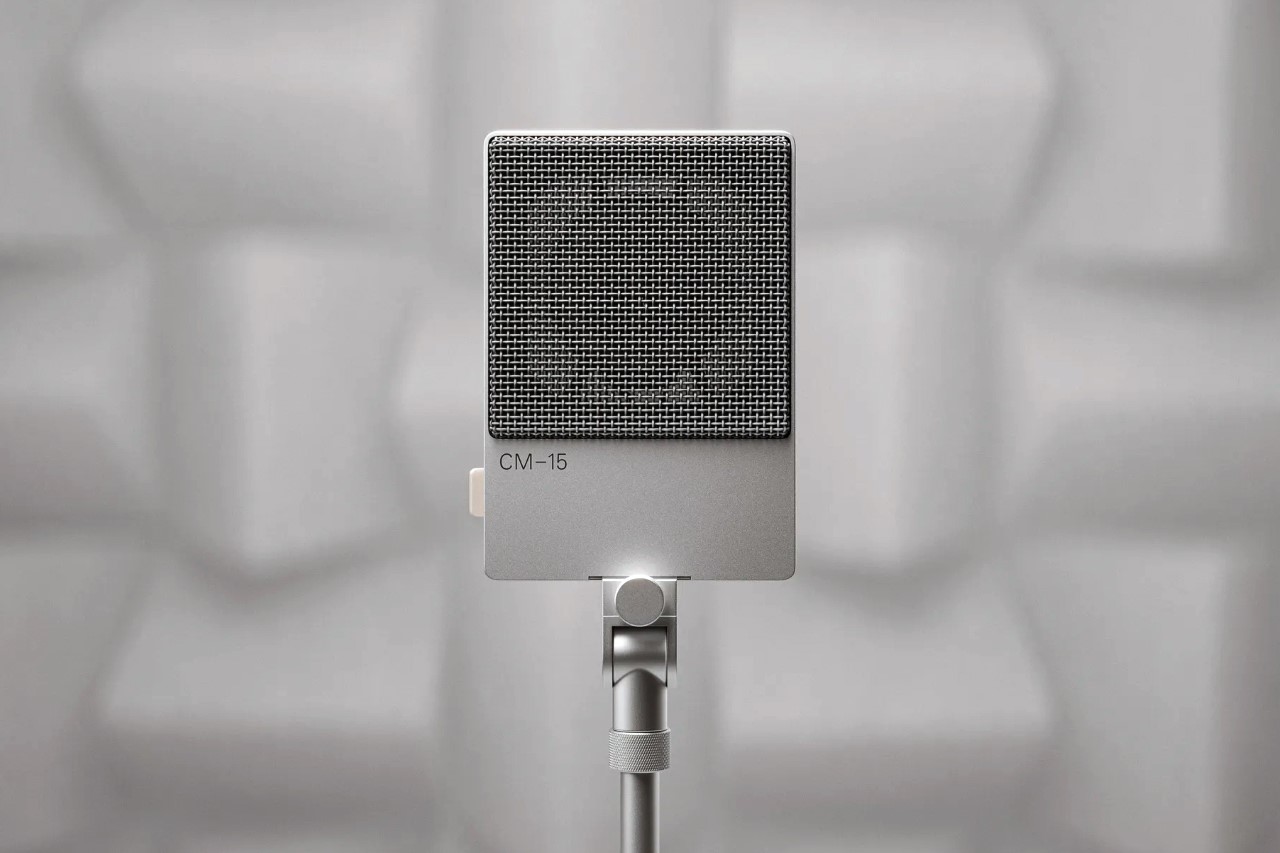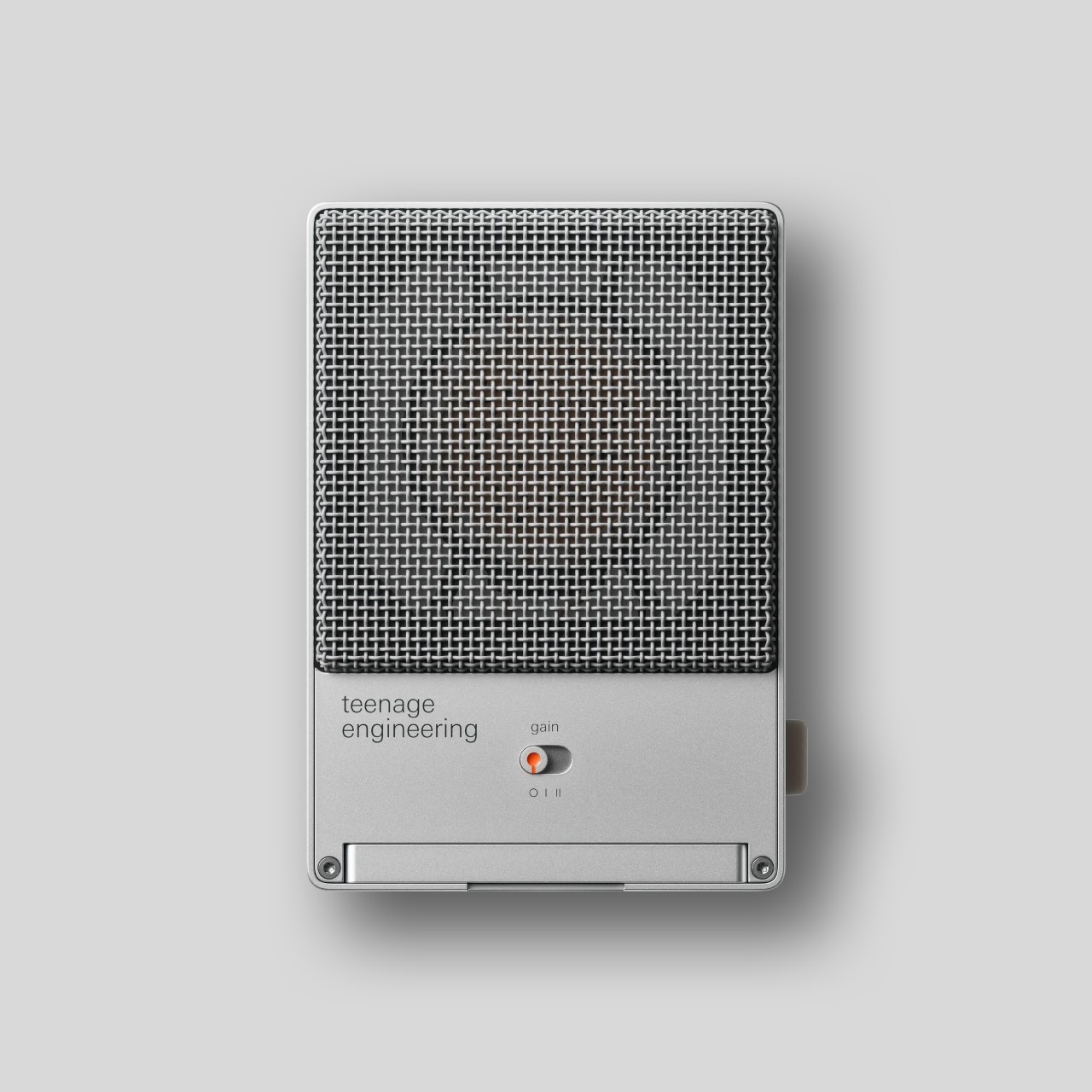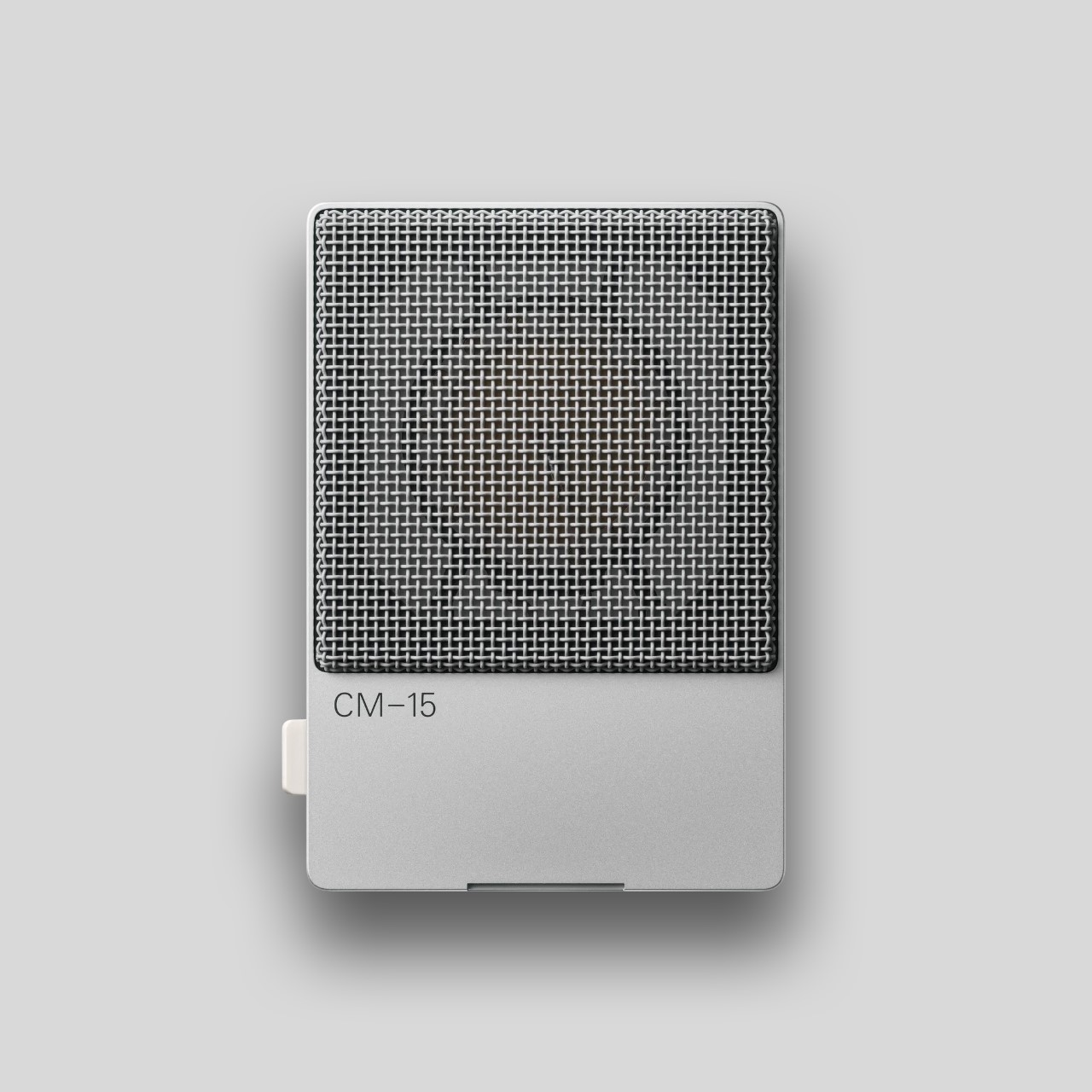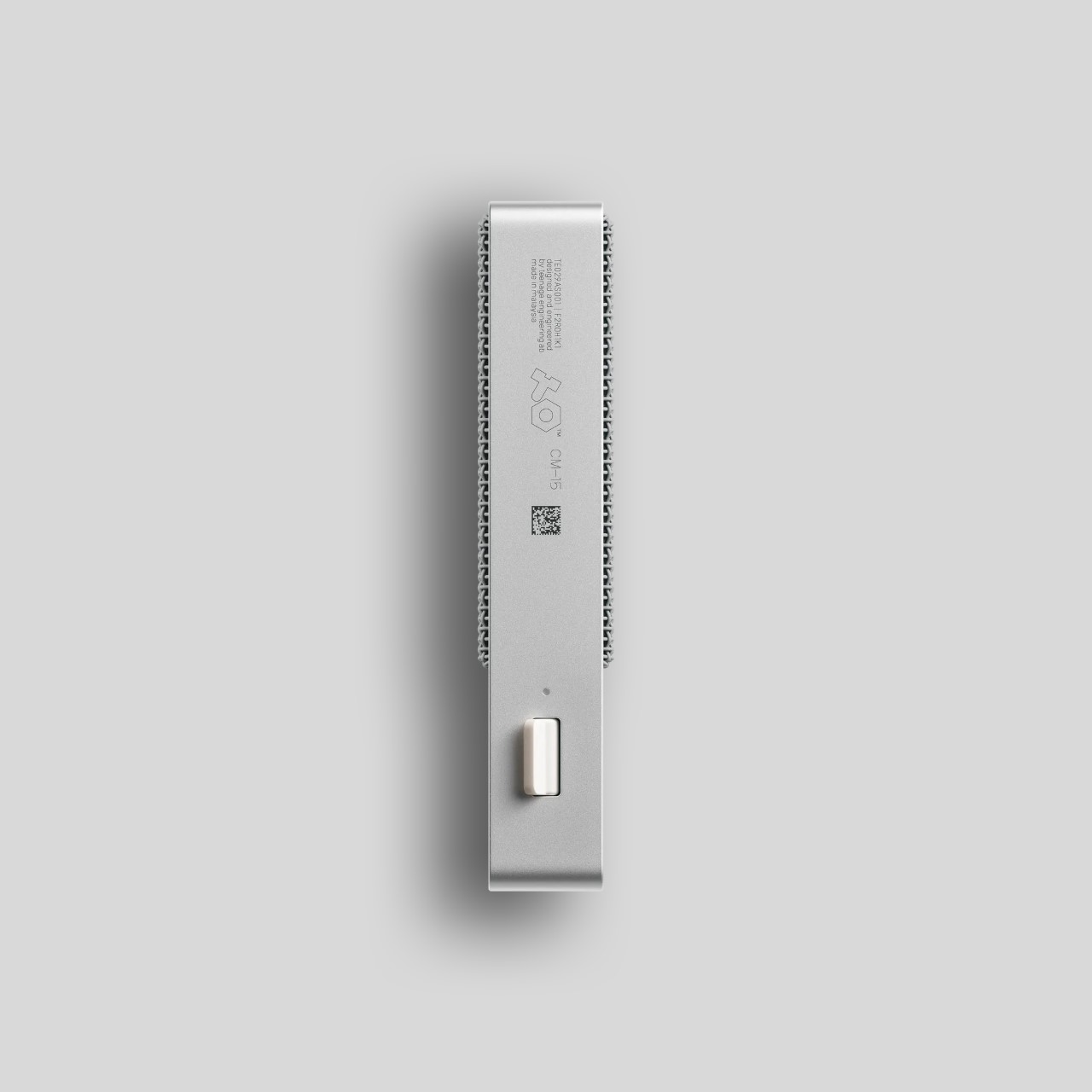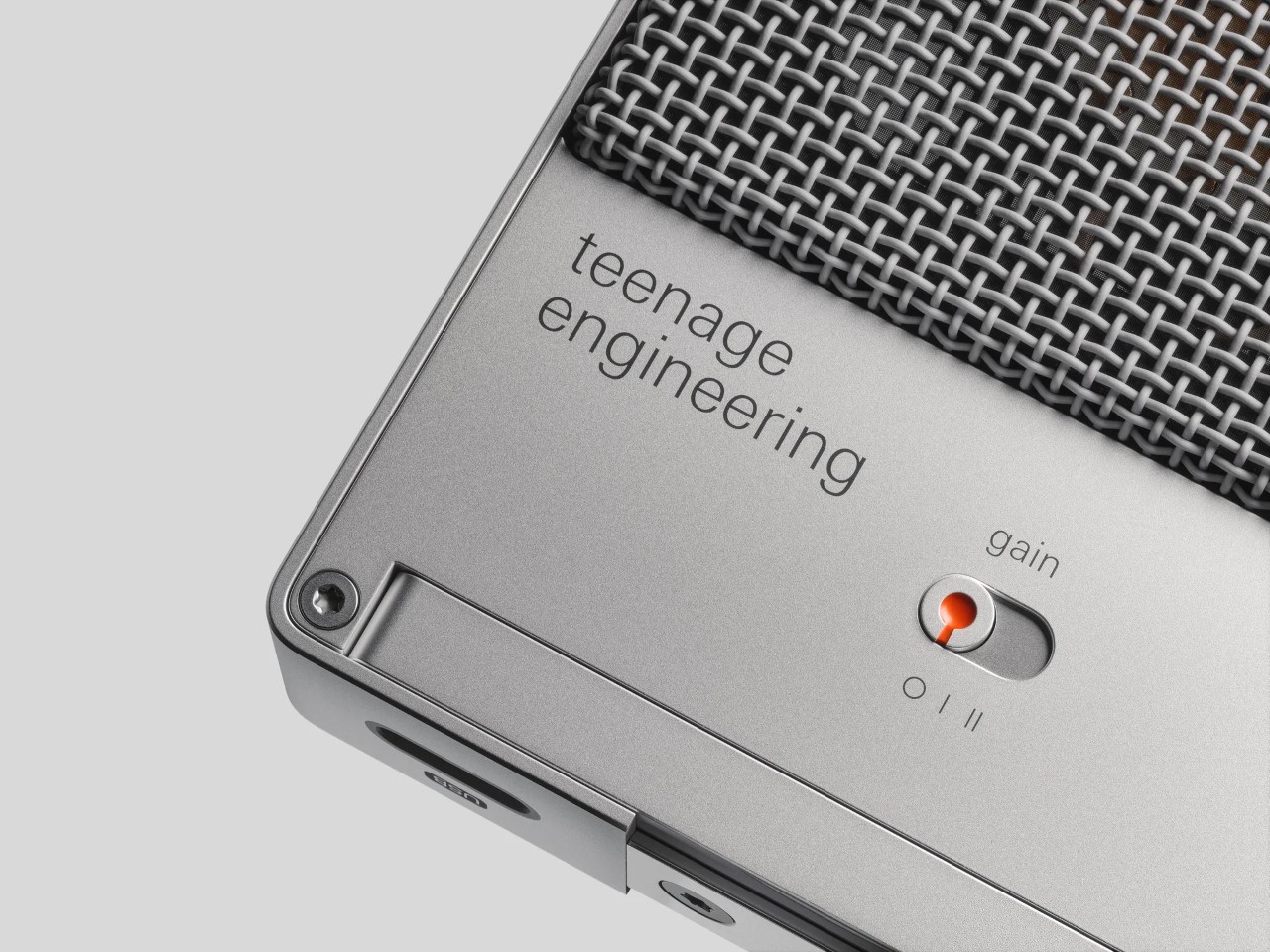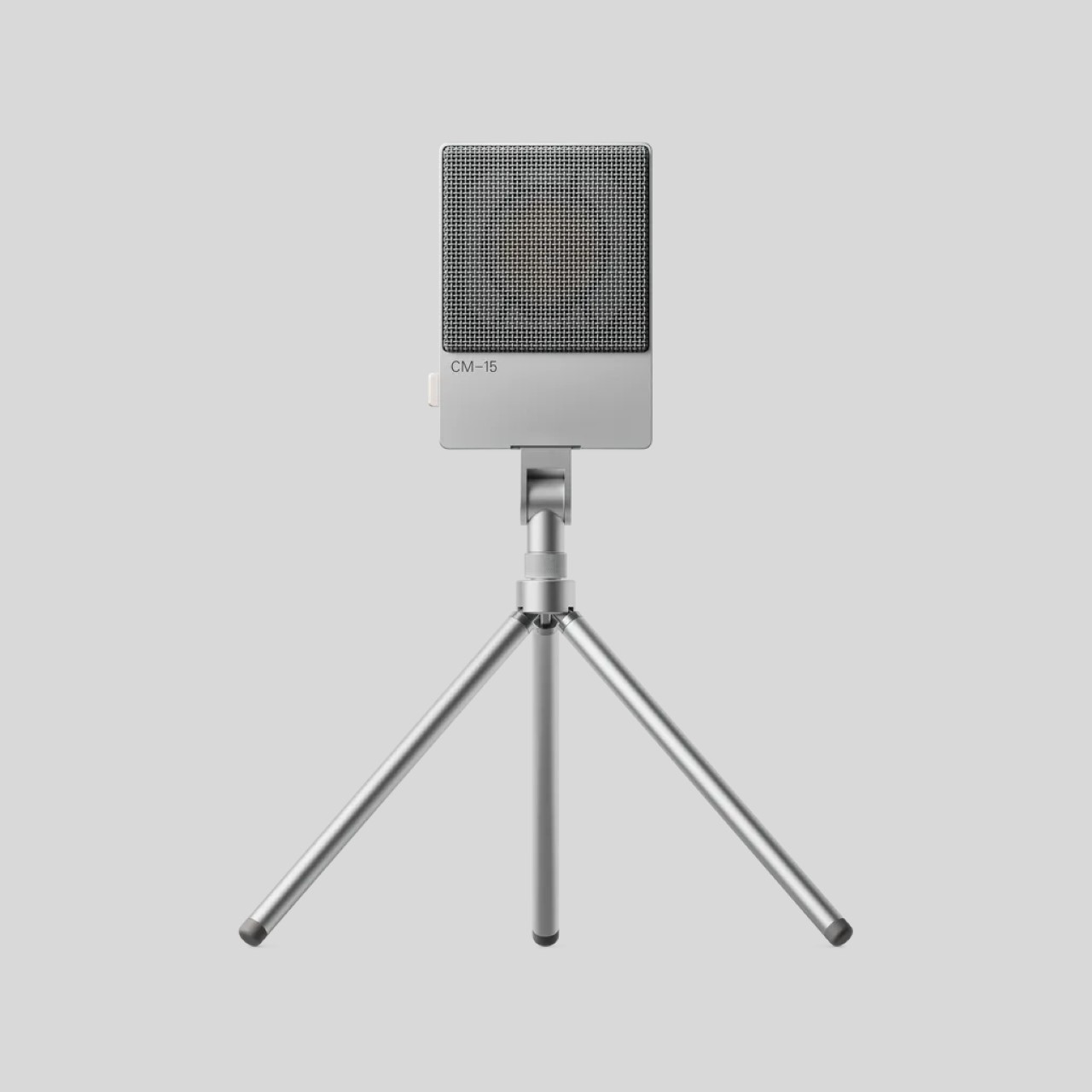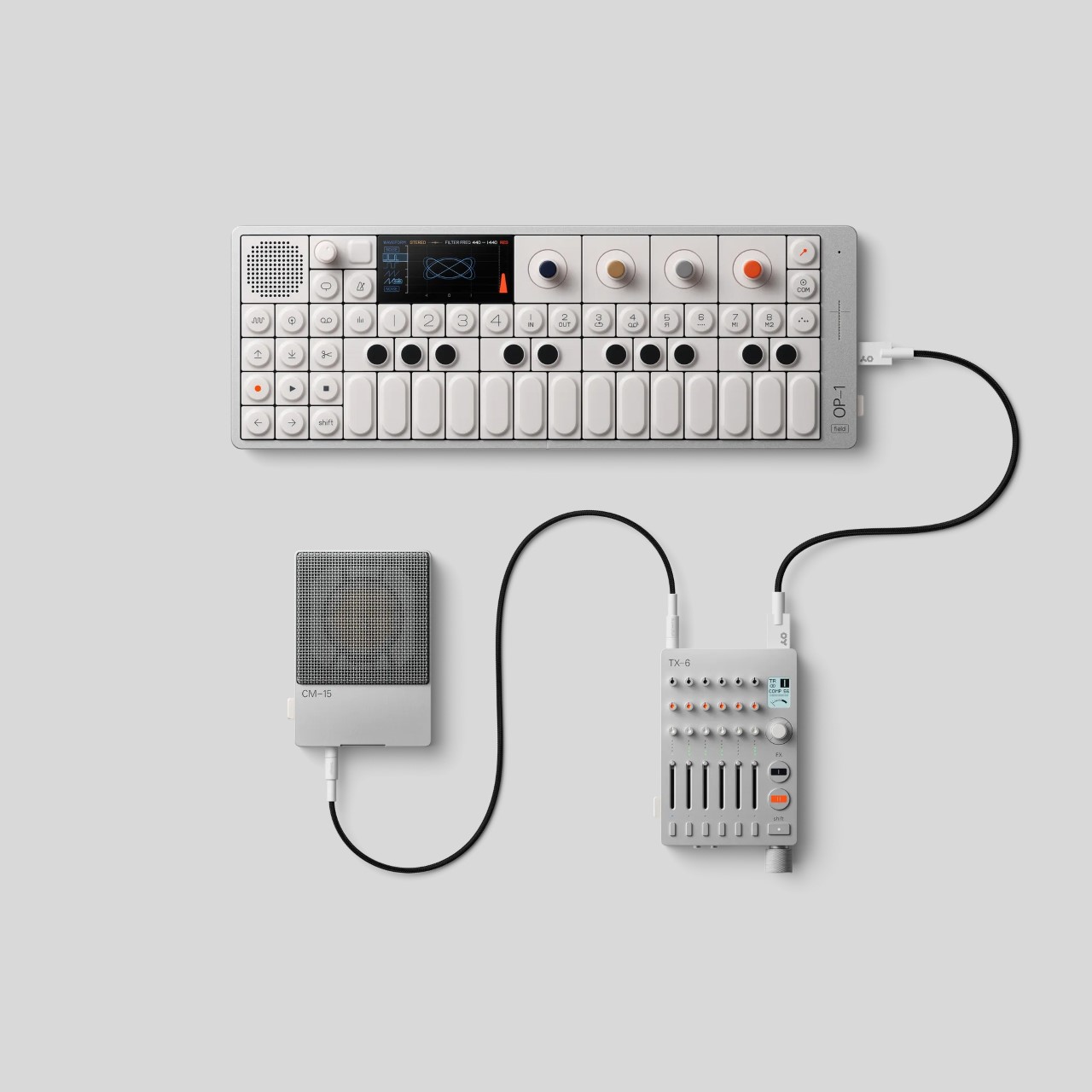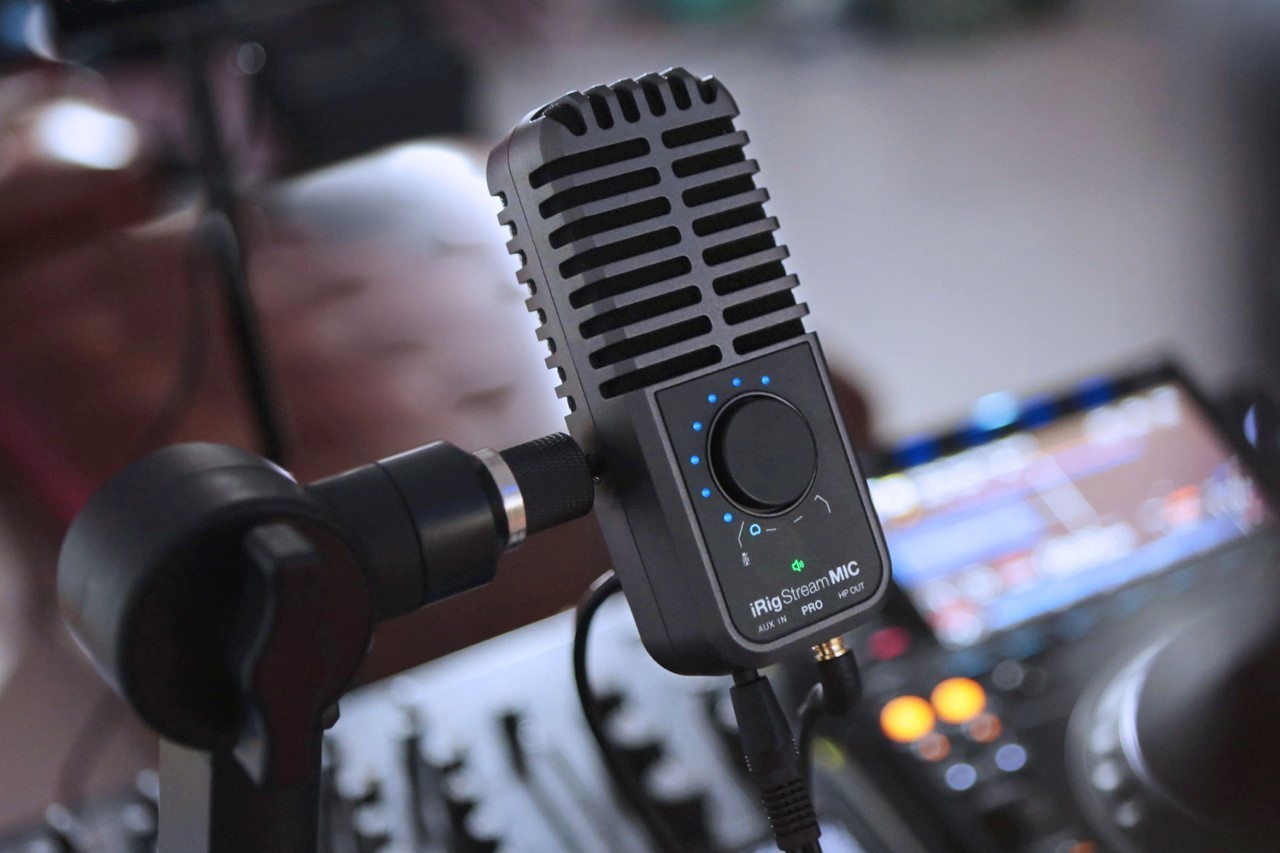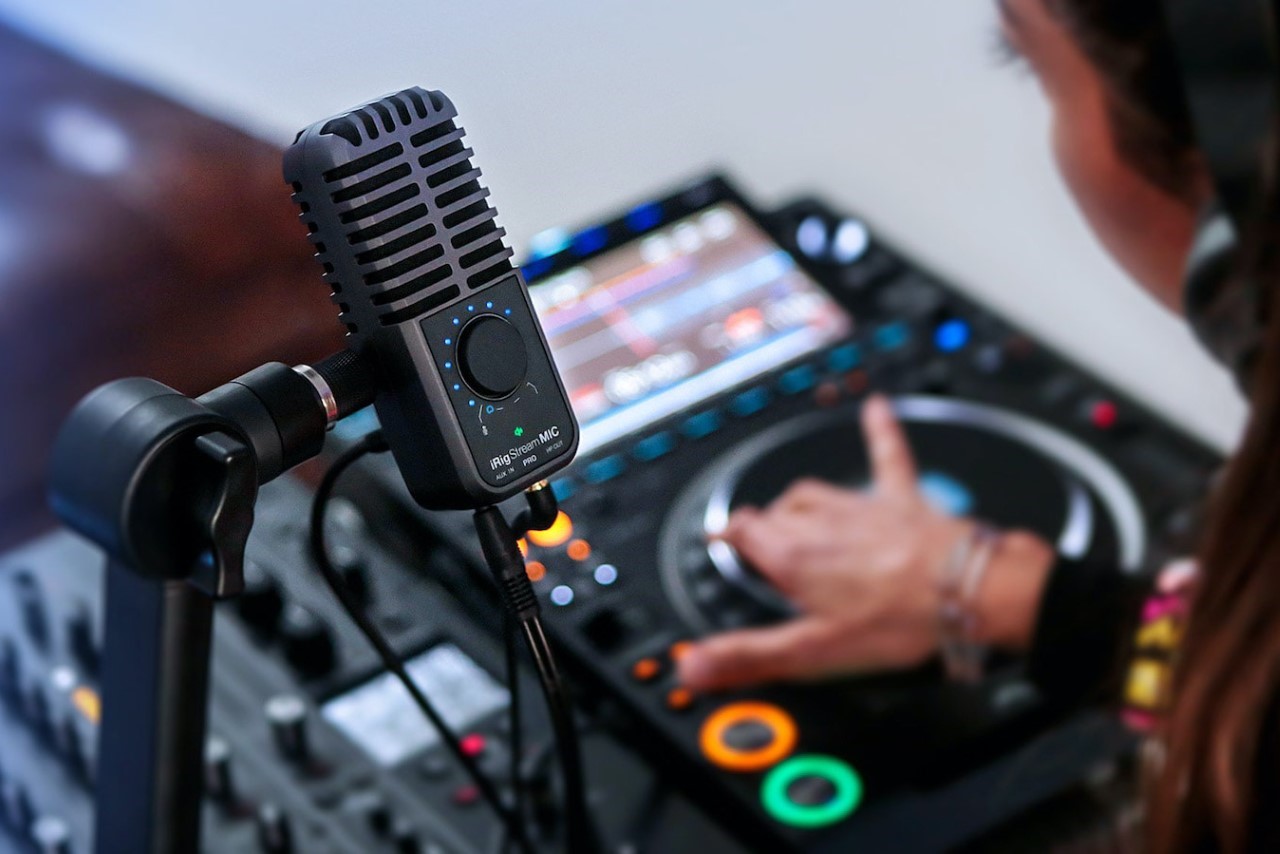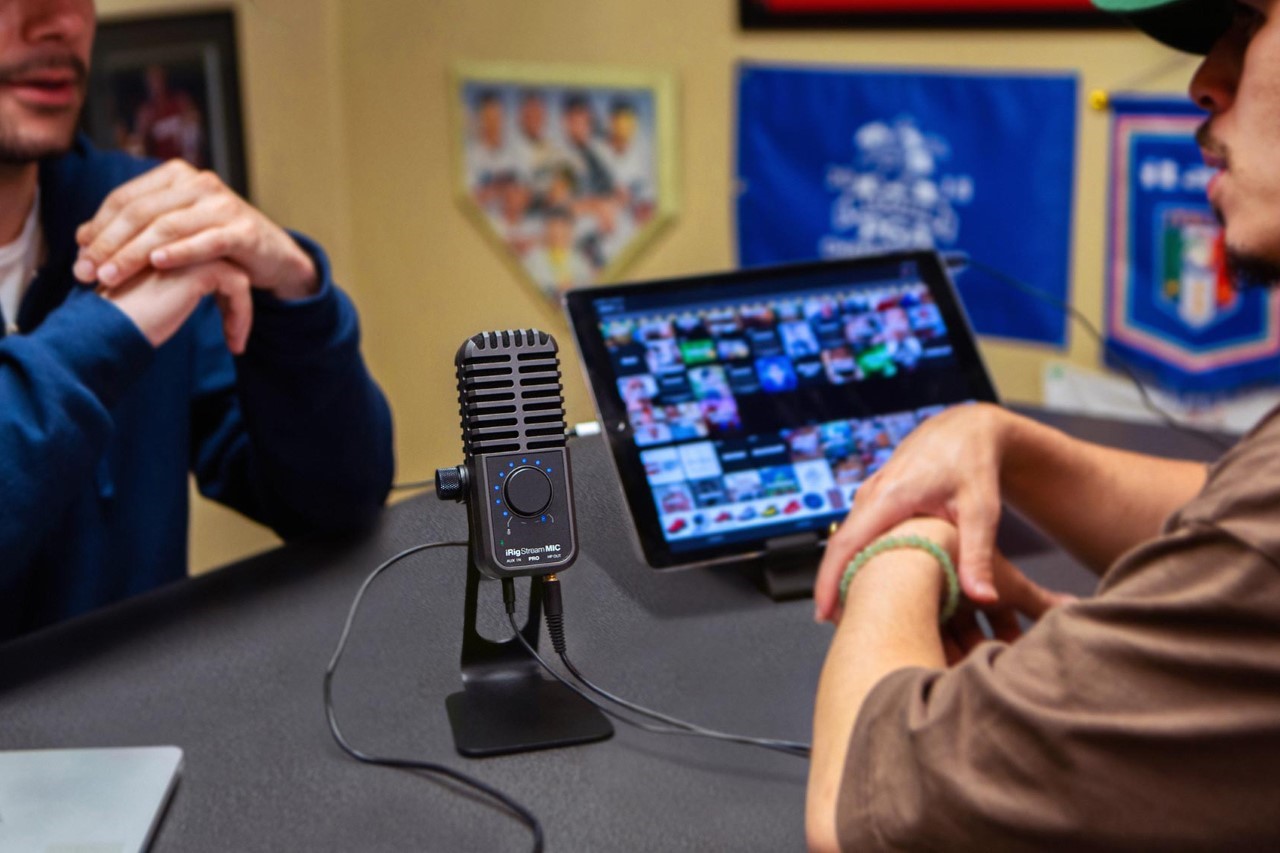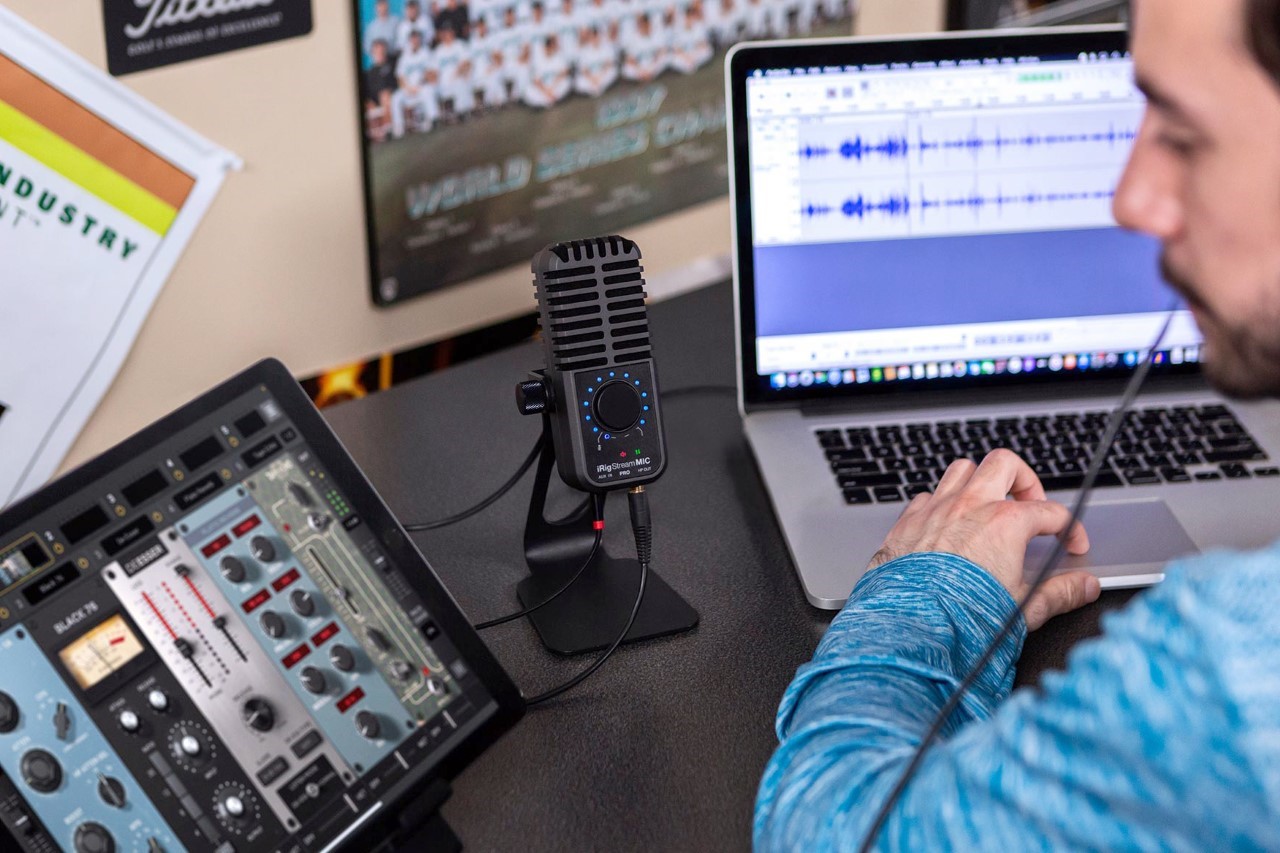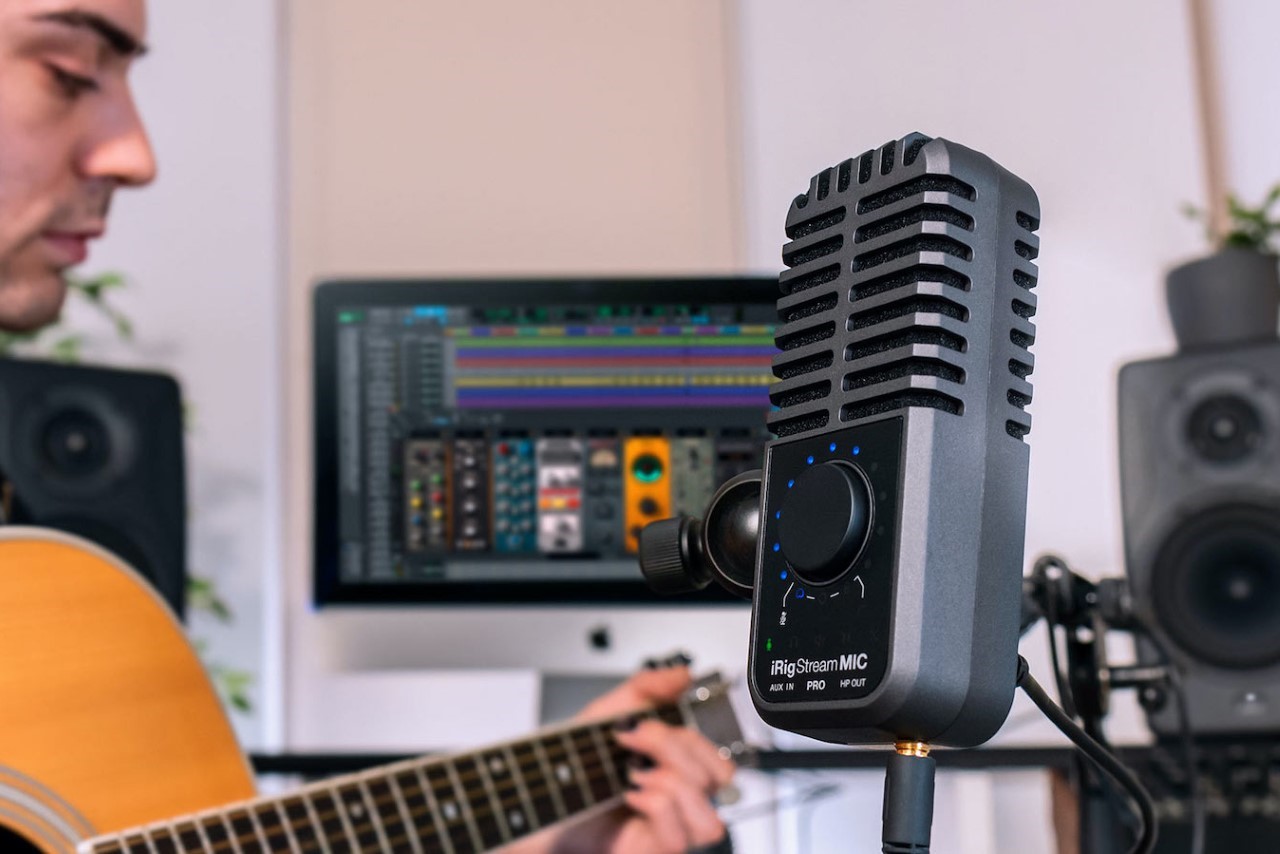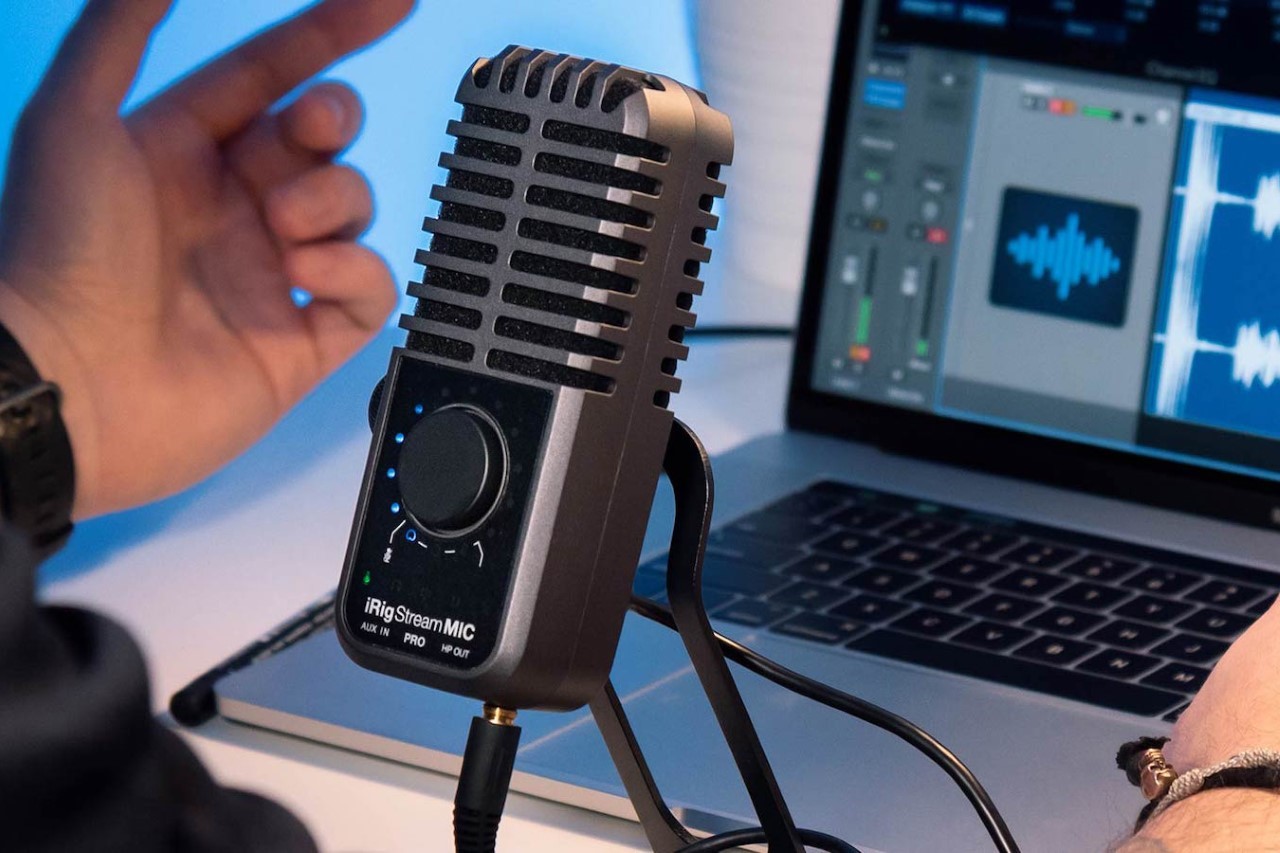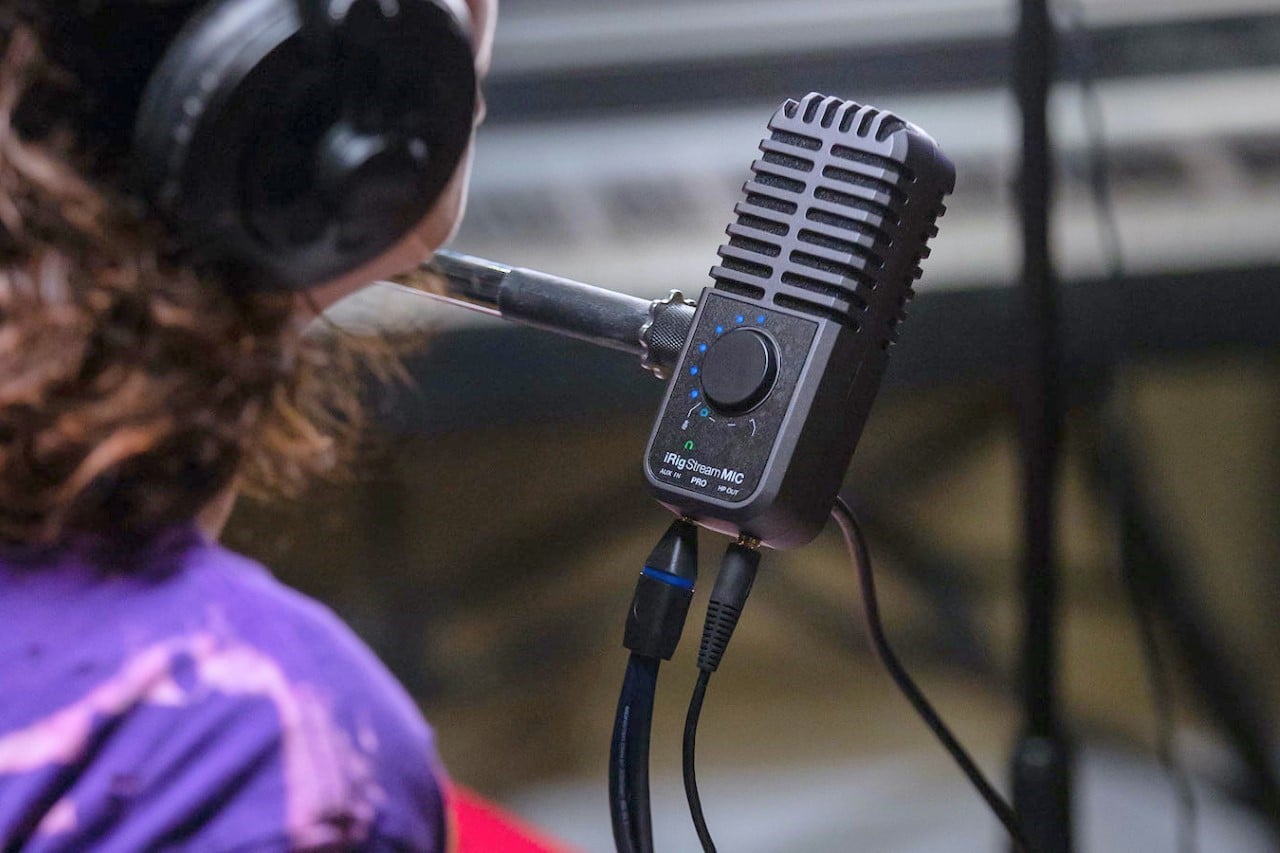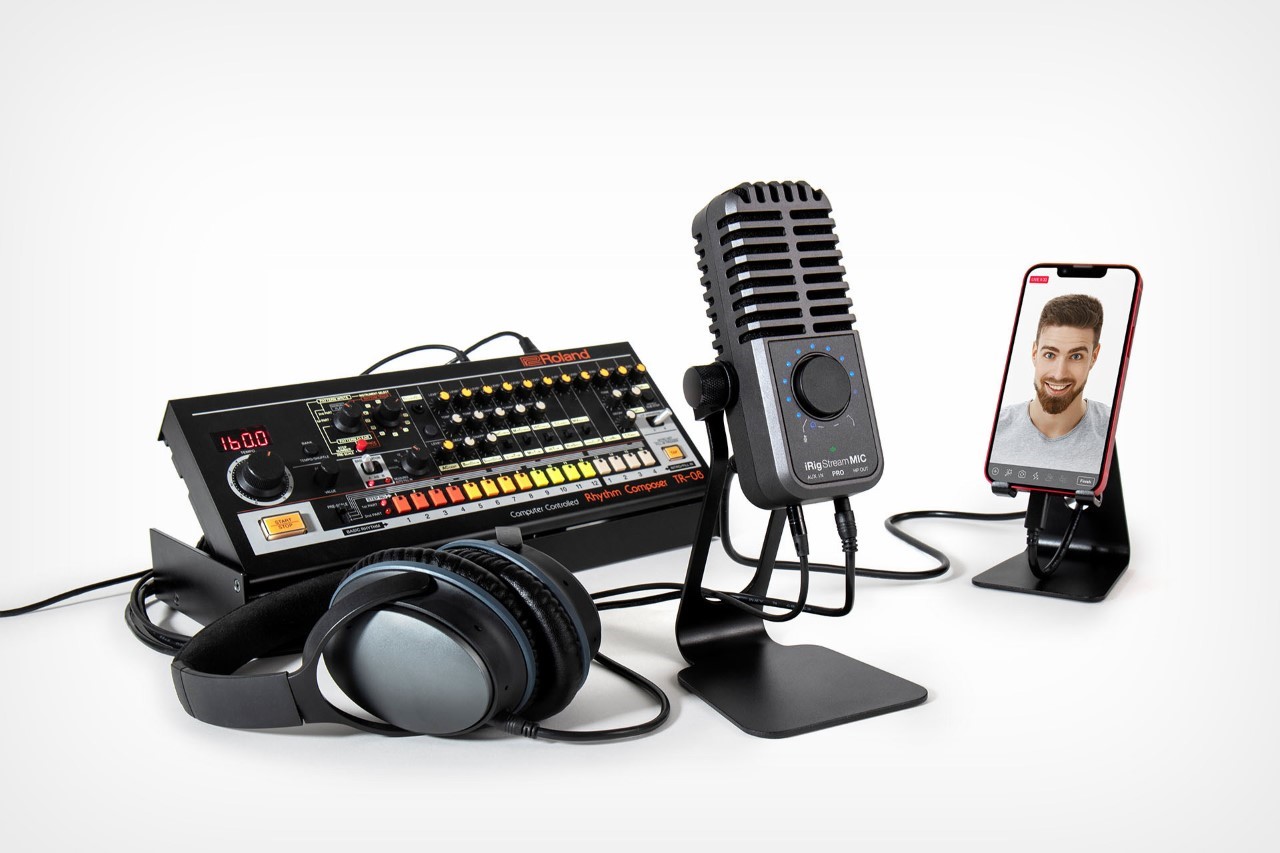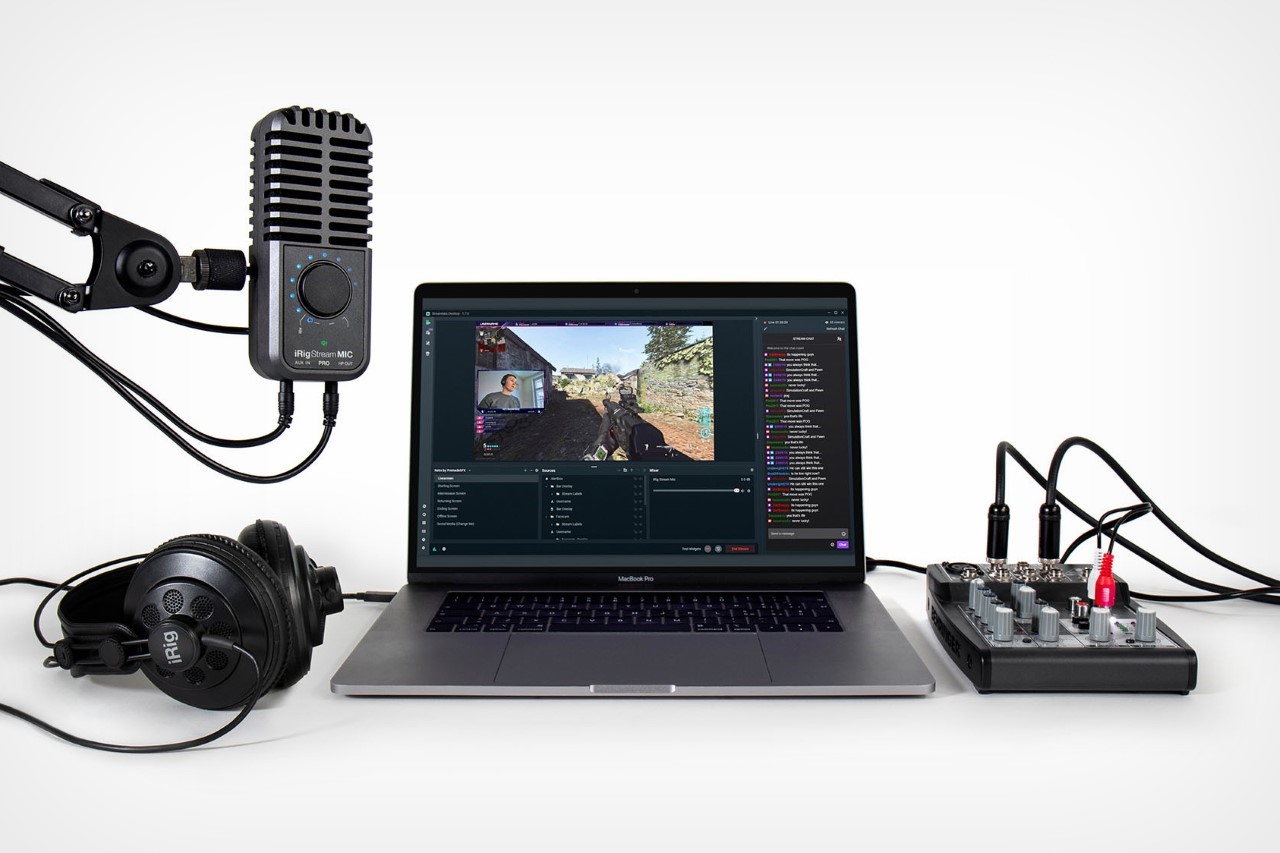Adorning your home office/PC gaming setup with Logitech’s lineup of LIGHTSYNC RGB products is an honorable goal on its own. But if you already own a LIGHTSYNC keyboard, mouse, headphones, and computer speakers (to be fair, I really love those G560s!), you’re probably dedicated to the bit by this point. Good news: it’s time to expand your RGB setup yet again. Even if you already have those aforementioned accessories — which work remarkably well together, producing quite the lightshow when synced with in-game visuals via the Logitech G Hub software — you’re still going to need a microphone for your desk. And that’s where Logitech’s newest array of LIGHTSYNC-equipped Yeti microphones comes in.
The Logitech G Yeti Orb — and, separately, the Yeti GX — are Logitech’s newest desktop mics, ditching the old Blue brand in favor of Logitech G. Both use cardioid pickup patterns, which is optimal for recording a single speaker, but the Orb is a condenser mic whereas the GX is a fancier dynamic mic, and the latter is a bit more expensive as a result. That said, it sounds like no matter which of the two you get, Logitech’s newest microphones are gorgeous thanks to their LIGHTSYNC RGB integration, and both are easy to install and set up thanks to their reliance on a single USB-C cable.
Designer: Logitech
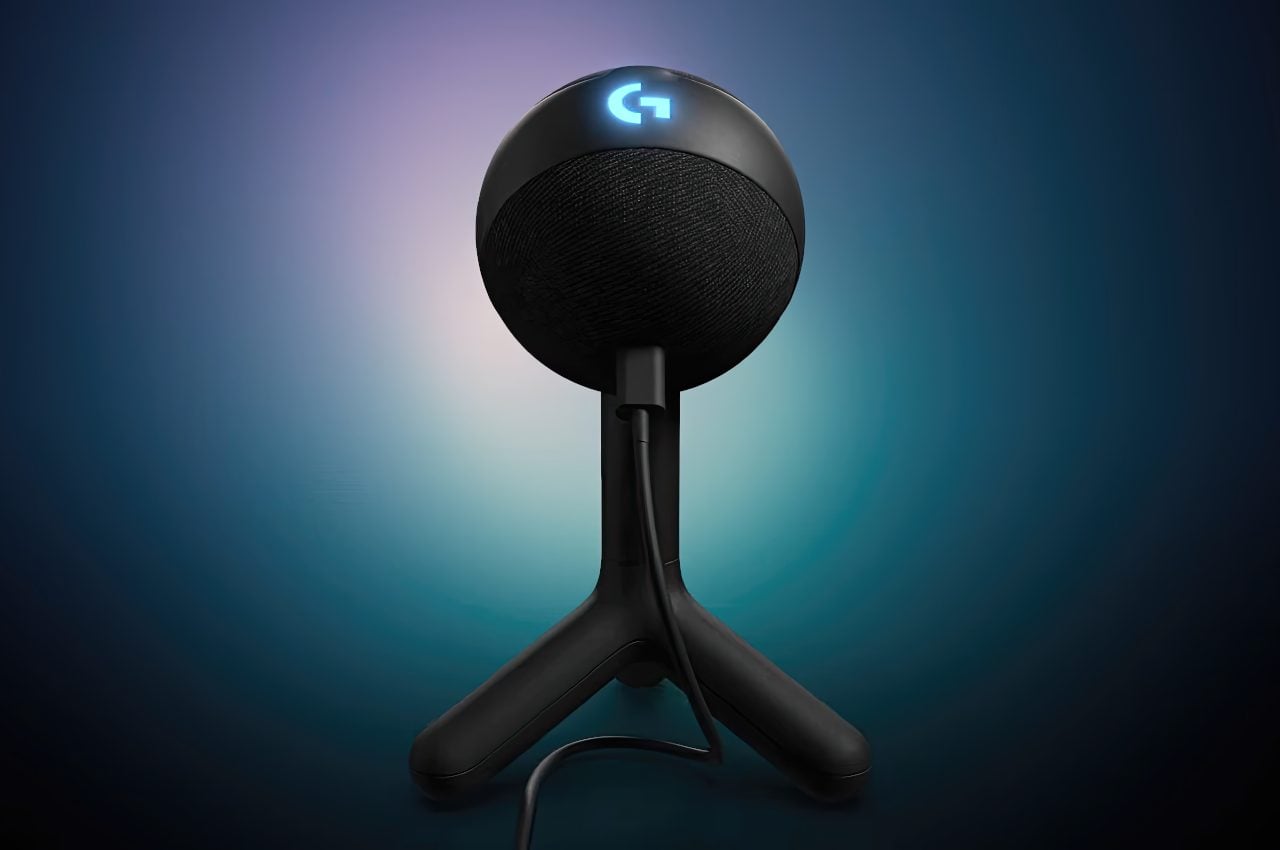
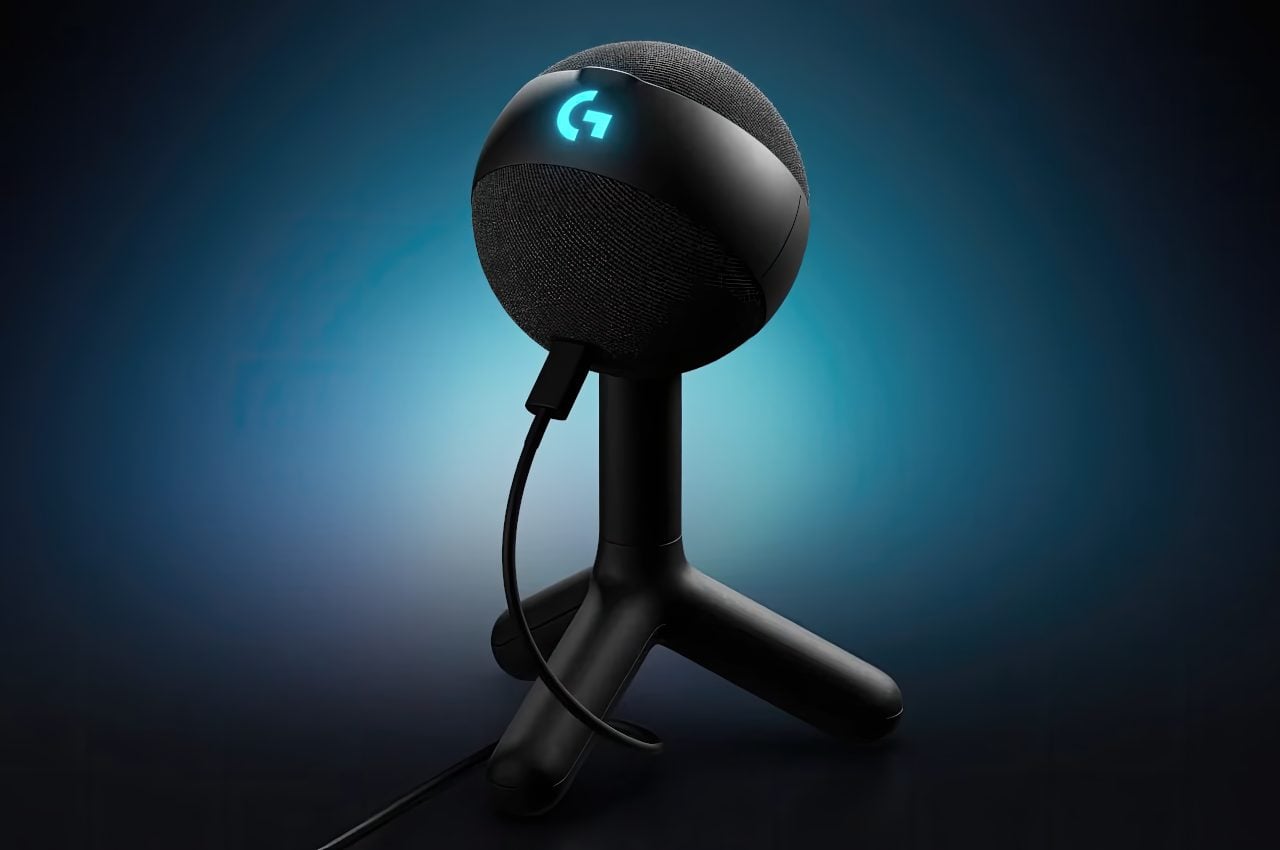
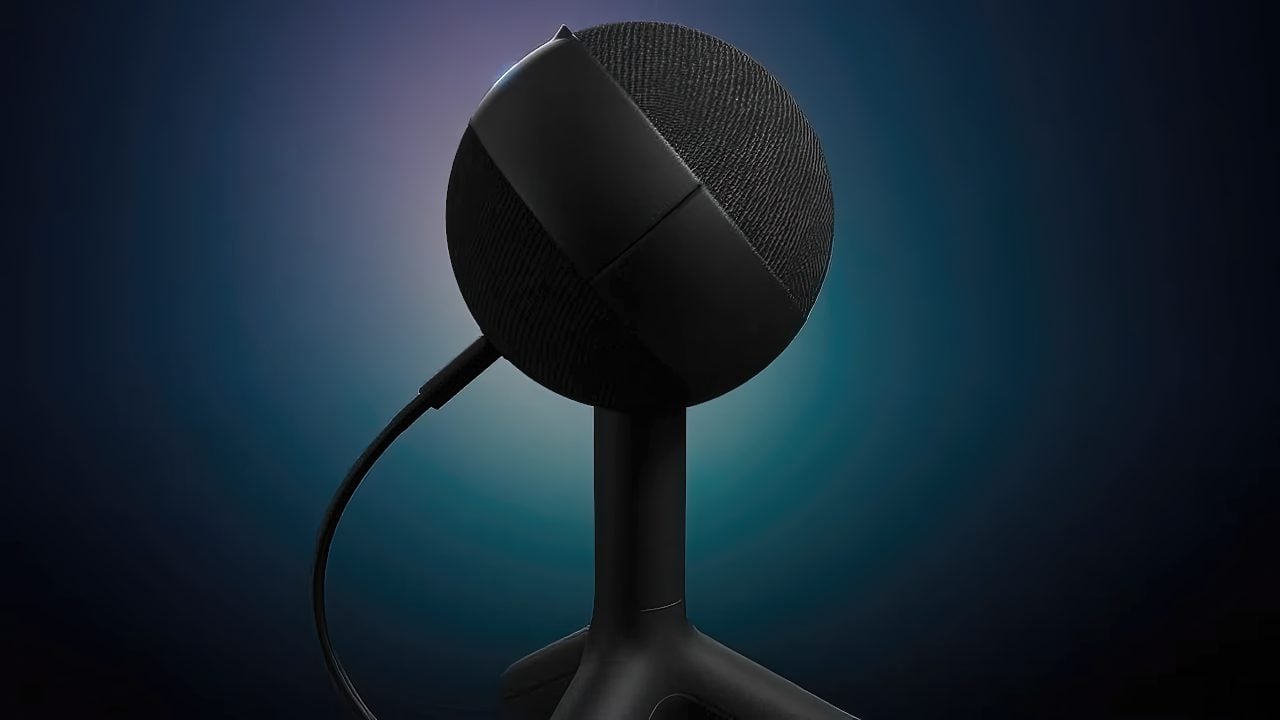
The Yeti Orb condenser mic is the lower-priced of the two new Logitech mics, and… it’s quite cute. The rather small, orb-shaped microphone stands upright on its packed-in mini tripod, making it perfect to stick on top of a desk alongside a laptop. The mic design itself is cut in two by a matte ring, which features the RGB-backlit “G” letter candidly positioned on top. According to Logitech, this is a carbon neutral design, made with “a minimum of 74% certified post-consumer recycled plastic by weight.” Moreover, Logitech claims the packaging itself is sustainably sourced from FSC-certified forests.
Several reviews of the Yeti Orb condenser mic indicate the audio quality on it is notably clear for the price, with Tom’s Hardware calling out its budget-friendliness at an MSRP of $59.99. The software itself sounds easy to use, especially if you’re already familiar with Logitech G Hub. All you need to do is plug it in, and then you can get started customizing your lighting and audio preferences. It even comes with several voice presets through the integrated BLUE VO!CE mode, which gives you control over the Yeti Orb’s acoustic calibration — even allowing you to do silly things, like apply special effects to make your voice sound extra deep or ethereal.
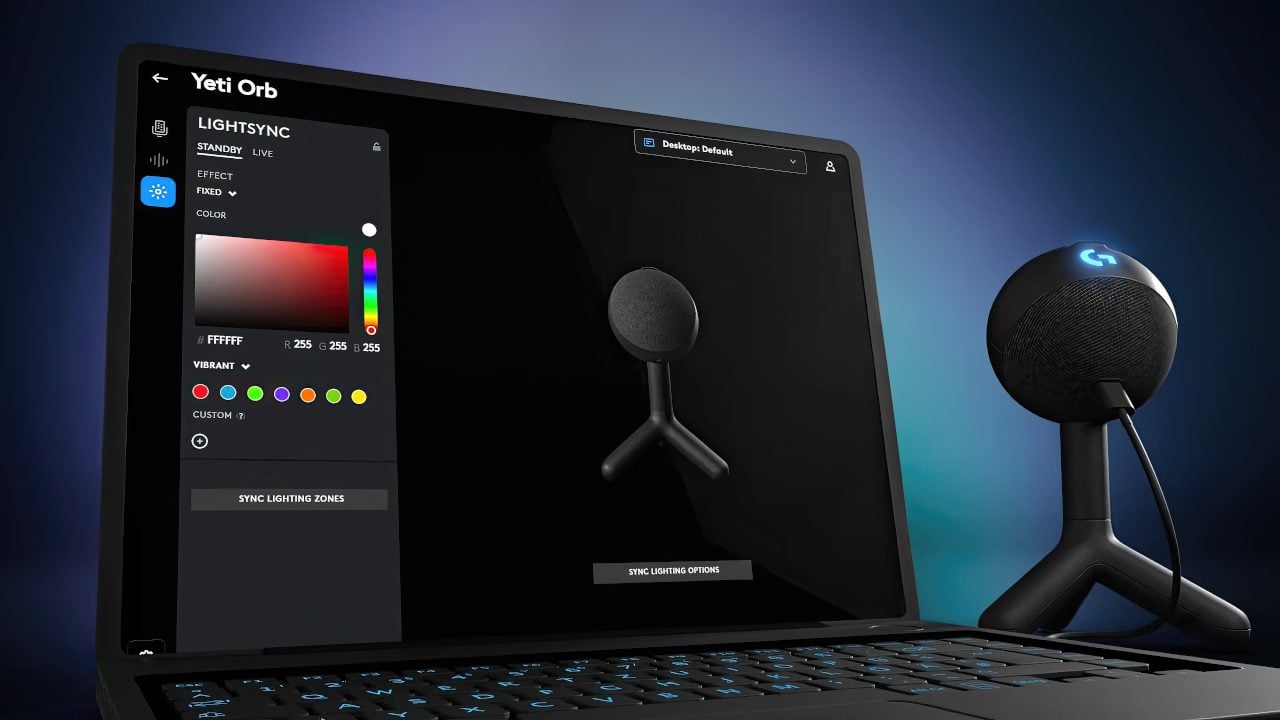

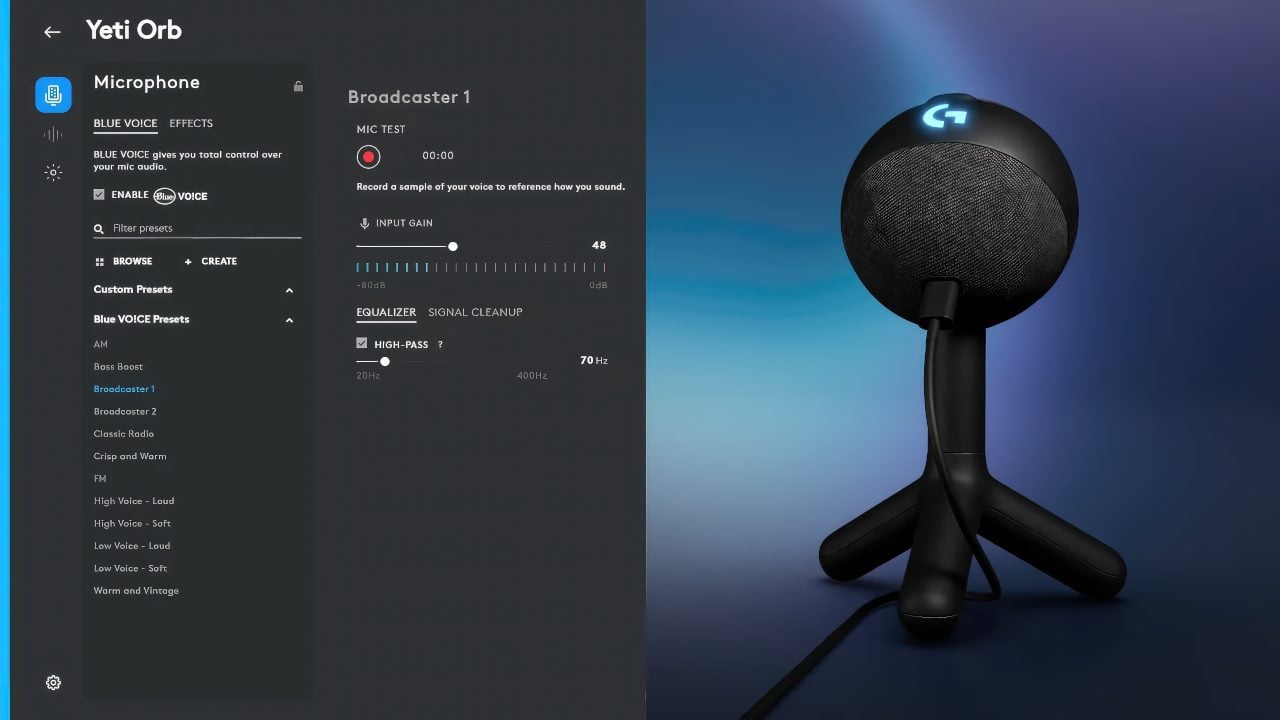
The post Logitech G Yeti Orb Is a Plug-and-Play LIGHTSYNC-Compatible Condenser Mic first appeared on Yanko Design.
